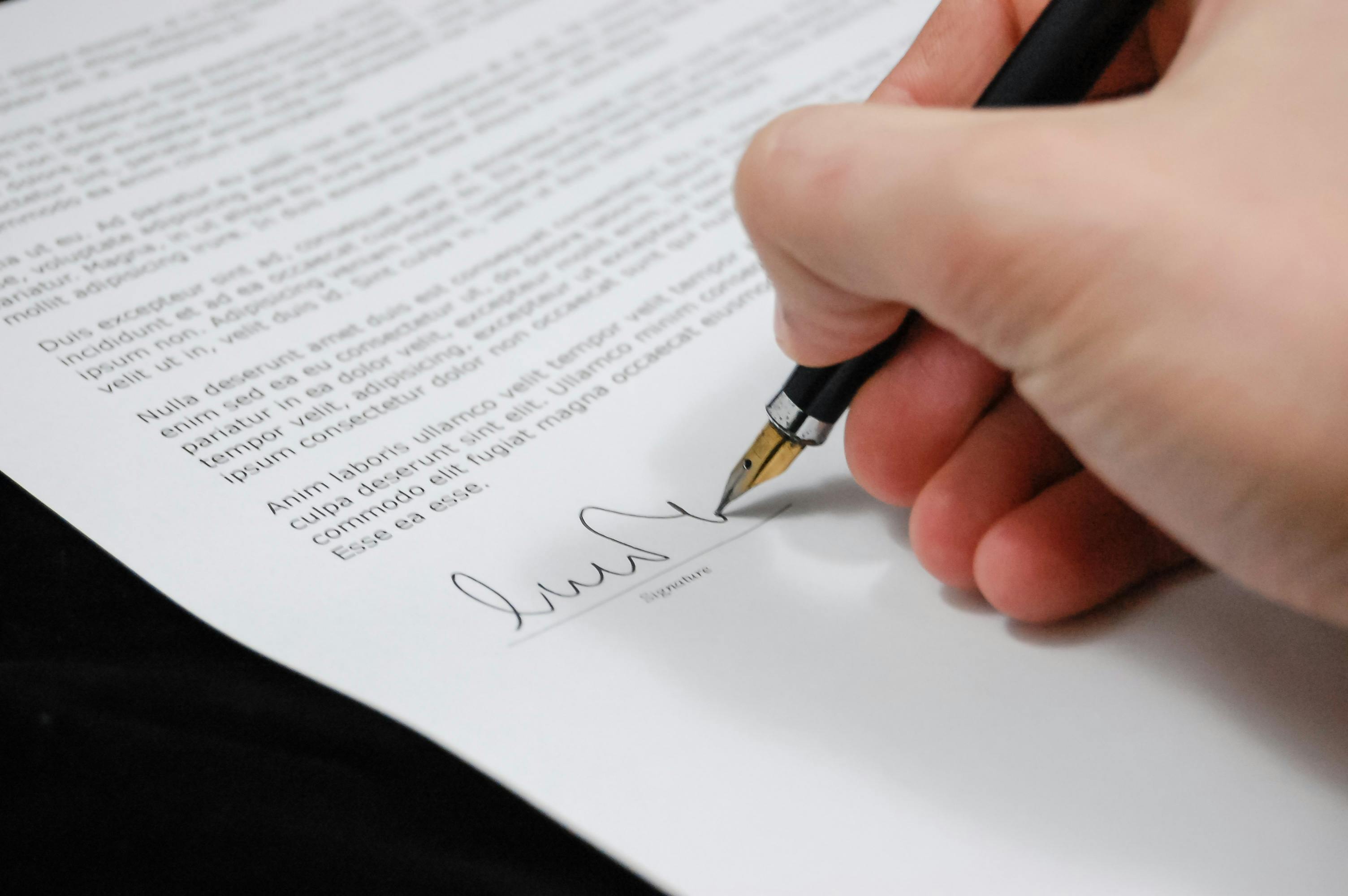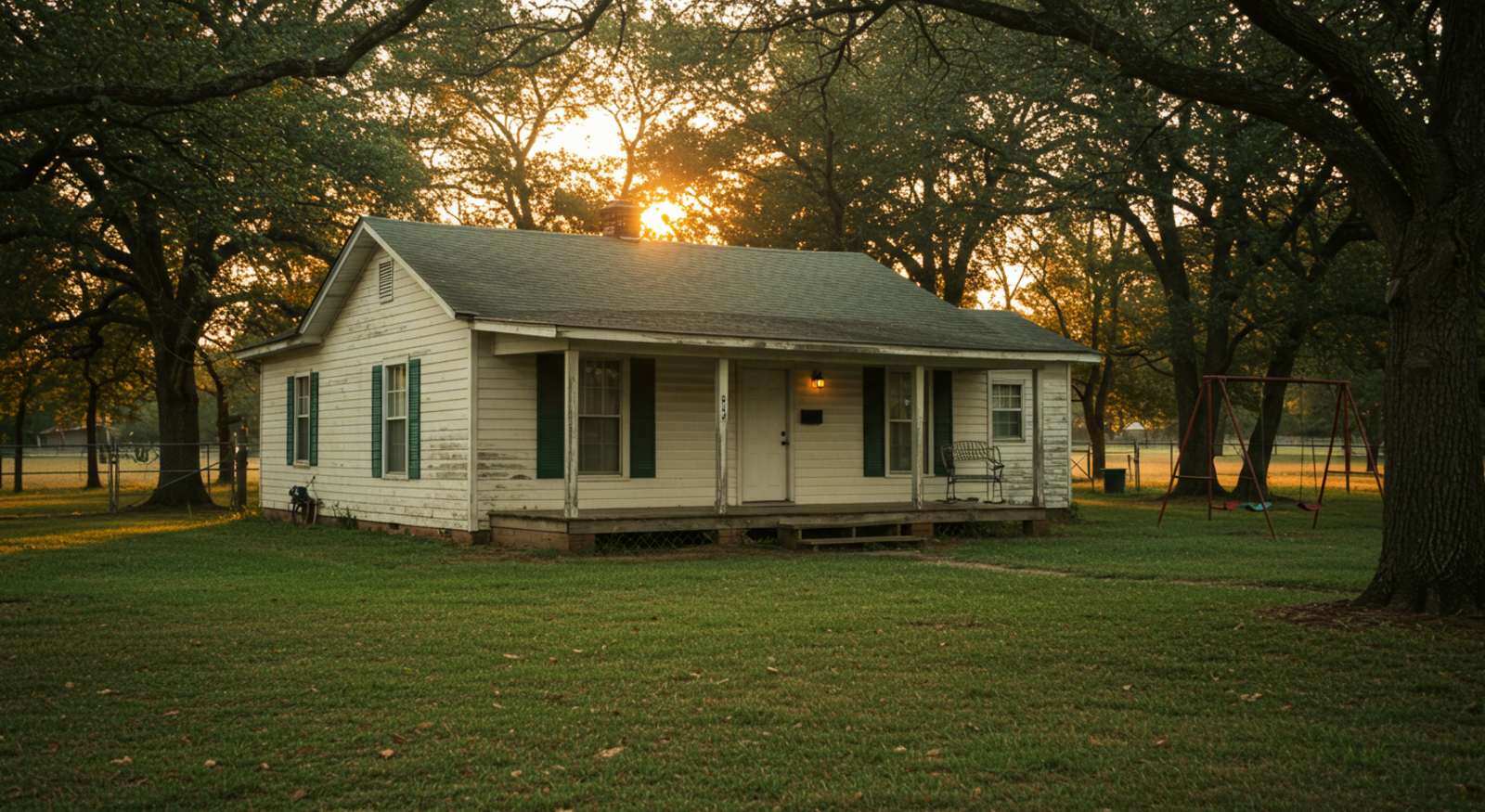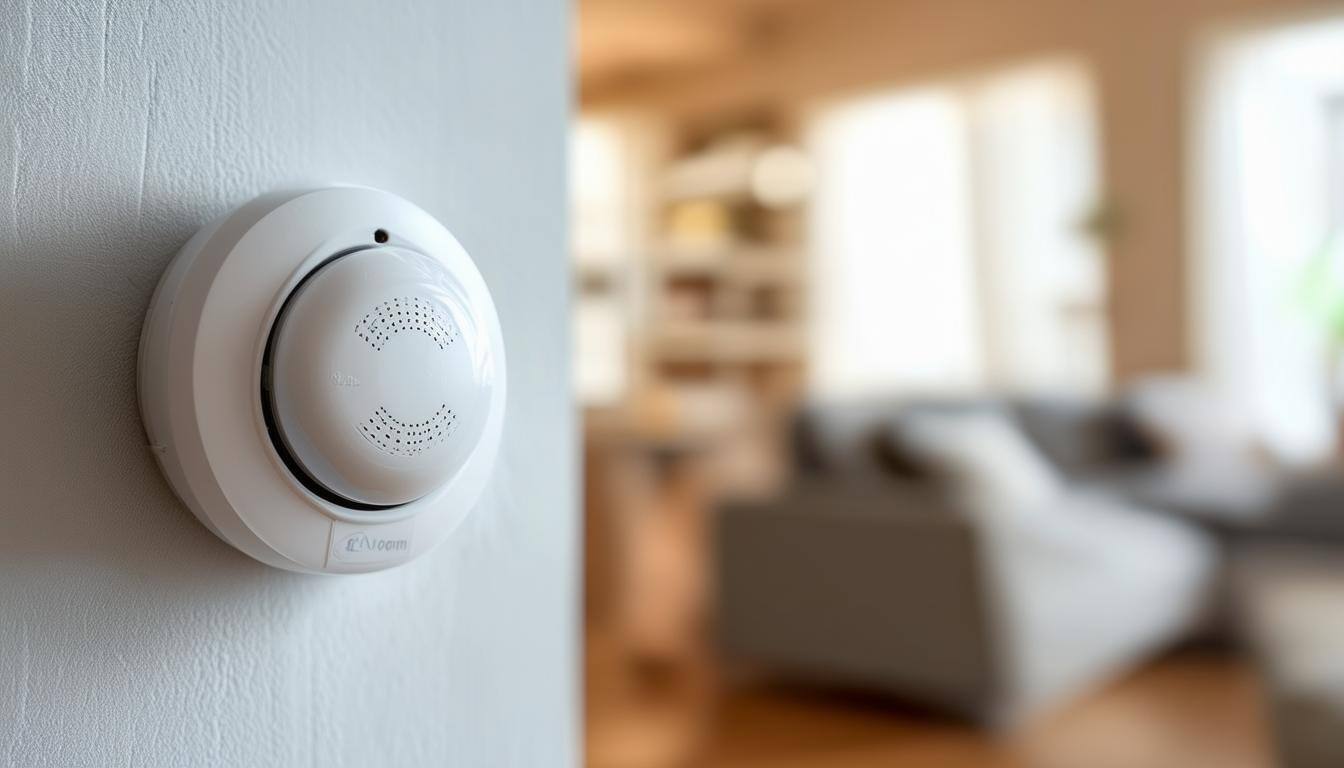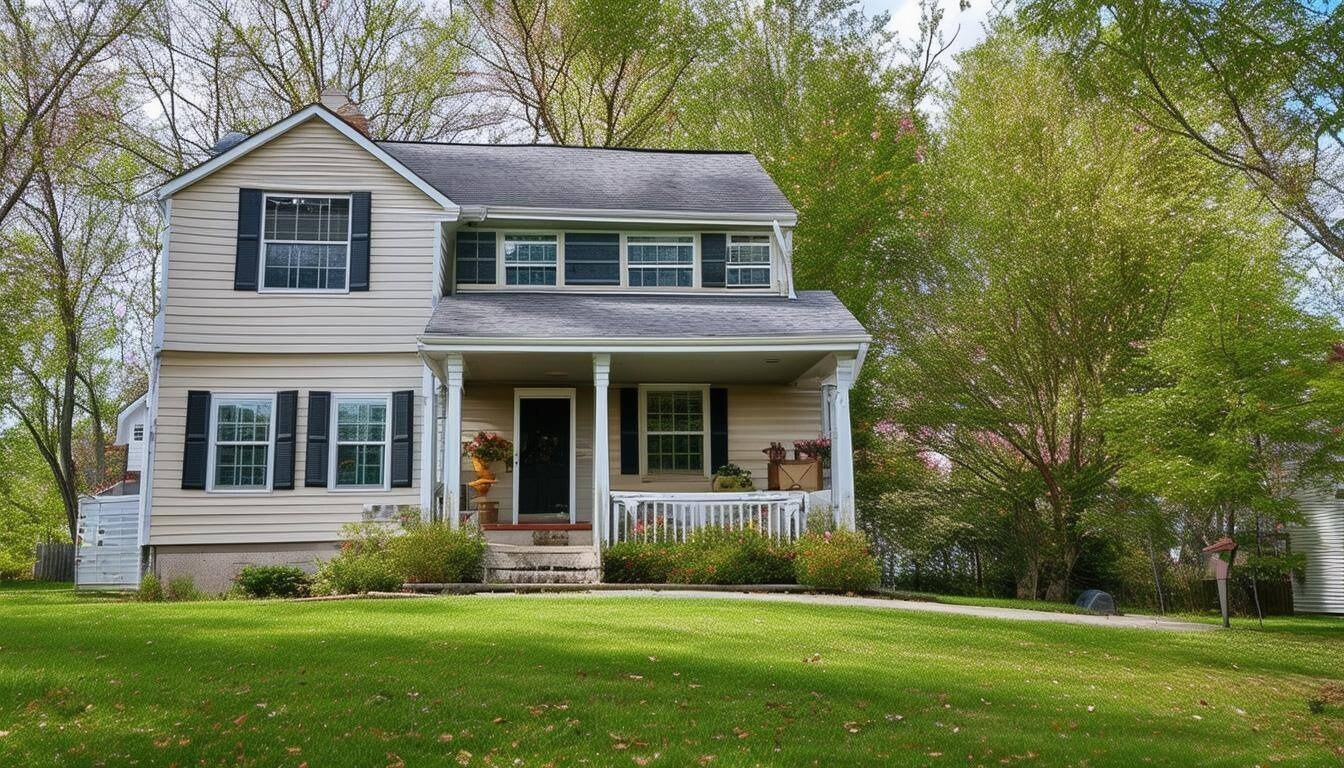Home Insurance and Floods: What You Need to Know
May 28th, 2025
4 min read

With so many sudden downpours this season, you might wonder, "If my house floods, am I covered?" This question can send shivers down any homeowner's spine, but don't let those worries eat away at your tranquility.
Navigating insurance policies can be tricky, but that's what we are here for! As a restoration company, we have worked hand in hand with insurance companies for over a decade. Today, we will use our knowledge to clear the waters of flood insurance.
Let's explore what's typically covered, what's not, and how to ensure you're prepared for the worst. Don't wait until the next storm hits; let's figure out if you can count on your insurance now!
The Truth about Insurance Coverage and Floods
So you got your home insurance and think you are protected? Then, you should double-check the fine print. This can be a shock for many homeowners, but the standard insurance coverage is actually very limited. For instance, your standard insurance coverage will NOT include flood damage.
In insurance terms, a flood is defined as a general and temporary condition of partial or complete inundation of two or more acres of normally dry land areas or of two or more properties (at least one of which is your property) from:
- Overflow of inland or tidal waters
- Unusual and rapid accumulation or runoff of surface waters from any source
- Mudflow
- Collapse or caving of land along the shore of a lake or similar body of water due to erosion or undermining caused by waves or currents of water exceeding anticipated cyclical levels that result in a flood.
Does this mean you have no means of protection if a flood hits your home? No! Insurance companies offer flood insurance as an add-on to your standard policy. Make sure to ask about this option when you are shopping for home insurance.
Why is Flood Insurance Separate?
Companies offer flood insurance separately because flood risk varies significantly depending on location. High-risk areas prone to flooding mean properties will require specialized coverage.
A Congressional Budget Office (CBO) report projects that flooding in the United States will become more frequent due to climate change. The CBO's research indicates that by 2020, 9.1% of U.S. properties could experience a flood of at least one foot deep with a 1% annual probability. This figure is expected to increase to 10.1% of properties by 2050.
What Does Flood Insurance Cover?
Flood insurance covers direct physical damage to your property caused by a flood. This includes things like:
- Building Coverage: This includes structural elements like walls, floors, foundations, and electrical and plumbing systems.
- Contents Coverage: This covers personal belongings like furniture, clothing, and electronics.
- Basement Coverage: This has limitations and may not cover all items in basements. Review your specific policy to understand what's covered.
What Isn't Covered by Flood Insurance?
Like any insurance policy, flood insurance has exclusions. Here are some of them:
- Damage from Sewer Backups: Unless directly caused by a flood, sewer backups are typically not covered.
- Mold and Mildew Damage: Unless caused directly by a covered flood, mold and mildew damage may be excluded.
- Currency, Precious Metals, and Valuable Papers: These items are usually excluded from coverage. To prevent unwanted losses, we suggest you store your valuables in a water-safe container when a flood occurs.
- Landscaping: Landscaping is generally excluded from coverage.
Does Flood Insurance cover Living Expenses?
Known in industry terms as "additional living expenses coverage" or "loss of use," these are payments to cover costs incurred when you had to live somewhere else due to a covered loss. While this coverage applies to cases such as when your home is being repaired or rebuilt, it also applies to flood insurance. It also kicks in when there is a mandatory evacuation for natural disasters.
The policy reimburses you for reasonable expenses, such as hotel, food, and transportation costs, incurred during the evacuation of your home. You must pay these costs upfront and submit receipts for reimbursement.
Remember that all insurance policies have limits and may be subject to deductibles, so it's extremely important to review your policy to avoid nasty surprises. While flood insurance can be invaluable if your home becomes uninhabitable due to flooding, the insurer will only pay up to a certain amount.
How to Get Flood Insurance
Getting flood insurance is a straightforward process.
- Contact Your Insurance Agent: Your insurance agent can help you obtain a flood insurance policy.
- Check NFIP Website: Visit the NFIP website for information and resources.
- Determine Your Flood Risk: Use FEMA's Flood Map Service Center to assess your property's flood risk.
- Purchase a Policy: Purchase a flood insurance policy from an NFIP-participating insurer or a private insurer.
Flood Insurance Costs and Premiums
Flood insurance premiums vary depending on several factors.
- Flood Zone: Properties in high-risk zones have higher premiums.
- Coverage Amount: Higher coverage amounts result in higher premiums.
- Deductible: Higher deductibles result in lower premiums.
- Building Characteristics: The age and construction of your home.
- Elevation: Homes elevated above the base flood elevation have lower premiums.
Preventing Flood Damage
While flood insurance provides financial protection, preventing flood damage is always the best approach.
- Elevate Utilities: Elevate electrical panels, HVAC systems, and other utilities above the base flood elevation.
- Install Flood Barriers: Install flood barriers around your property to prevent water from entering.
- Improve Drainage: Improve drainage around your property to direct water away from your home.
- Seal Foundation Cracks: Seal any cracks in your foundation to prevent water seepage.
- Maintain Gutters and Downspouts: Keep gutters and downspouts clean and clear to prevent water buildup.
What to Do After a Flood
If your home floods, take the following steps:
- Safety First: Ensure your safety and the safety of your family.
- Contact Your Insurance Agent: Contact your insurance agent to file a claim.
- Document the Damage: Take photos and videos of the damage.
- Prevent Further Damage: Take steps to prevent further damage, such as removing wet belongings.
- Hire a Professional Restoration Company: Hire a professional restoration company to clean up and restore your home.
So, does your standard homeowner's insurance cover flood damage? The answer is no, however this doesn't mean you have to face this natural disaster unprotected. By learning about flood insurance, you now have the clarity to make the best decision to protect your home. At Restore-It, we aim to educate homeowners on the intricacies of flood insurance to empower them with knowledge. Should you experience flood damage, you should contact us for our professional water restoration services. Our team is prepared to help you recover your home to a pre-damaged condition.















